Picture this: a potential client lands on your website. They’re interested in your services but not yet convinced. Within seconds, they’re asking themselves: can I trust this business? If your site doesn’t answer that quickly, they’re gone. And they’re probably clicking on a competitor who does.
In 2025, trust is the currency of online business. With more choice and competition than ever, service-based companies can’t afford websites that just look nice. Your site has to prove, in clear and credible ways, that you’re worth someone’s time and money.
Why this matters for your business
A polished website without trust signals is like a slick salesperson with no references. It looks fine on the surface, but buyers hesitate. And hesitation kills sales.
Strong trust signals:
- Increase conversion rates by reducing doubt.
- Shorten sales cycles because prospects arrive more convinced.
- Build long-term credibility that pays off across referrals, repeat business, and reviews.
Weak or missing trust signals:
- Let uncertainty creep in, costing you leads.
- Make you look less established than competitors.
- Put more pressure on your sales team to overcome scepticism.
Key Tip: Trust is shown, not claimed. It’s tempting to just say “we’re trustworthy” or “we care about quality,” but customers tune out those claims. What works are concrete signals: proof that others have trusted you and that you can deliver. The best trust signals don’t come from you at all, they come from your customers, your track record, and your reputation.
The most effective trust signals in 2025
1. Clear testimonials with names and context
Generic quotes like “great service” don’t cut it anymore. Strong testimonials include full names, photos where possible, and details of the project or service delivered. Context makes praise believable.
2. Case studies that tell a story
Buyers want to see how you solved problems like theirs. A well-written case study shows the challenge, the solution, and the measurable result. Think less about showing off and more about guiding someone through a relatable journey.
3. Independent reviews and ratings
Platforms like Google Reviews, Clutch, or Trustpilot carry weight because you can’t control them. Displaying these reviews directly on your site shows confidence and transparency.
4. Recognisable clients and partners
Logos of brands you’ve worked with act as instant credibility boosters. Even a few well-known names can change how visitors perceive your authority.
5. Awards and industry recognition
Badges and awards are effective when they’re real and recognisable. They don’t need to be global — local awards or features in respected publications carry plenty of weight.
6. Security and professionalism cues
For service businesses, even small details matter: a professional domain email (not Gmail), a clear privacy policy, and HTTPS encryption. These subtle signals quietly reinforce trust.
7. Up-to-date content
Nothing says “we don’t care” like a blog last updated in 2021. Current, relevant content shows your business is active and engaged.
Real-world example
A NZ consulting firm rebuilt their website in 2024. The design looked sharp, but conversions were flat. When they added detailed case studies, integrated Google Reviews, and updated their blog weekly, leads increased by 35 percent. The services hadn’t changed, only the trust signals did.
Common misconceptions
“A nice design is enough to build trust.”
Design helps, but without proof points, even the best design feels empty.
“We don’t have big-name clients to showcase.”
You don’t need Fortune 500 logos. Honest, detailed testimonials and case studies from real customers are often more relatable and persuasive.
“We can add trust signals later.”
If your site is live without them, you’re already losing leads. Trust should be built into the design, not bolted on after.
What to do now
- Review your website for clear, visible trust signals.
- Collect fresh testimonials with names and details.
- Build at least one case study that shows how you solved a real client problem.
- Display independent reviews where possible.
- Keep content current so your site feels active and credible.
Trust is what tips the balance between a curious visitor and a paying client. In 2025, service-based businesses that show trust signals clearly and consistently will outpace those that just talk about being trustworthy. If you’d like a fresh perspective on strengthening trust on your website, we’re always here to chat.



